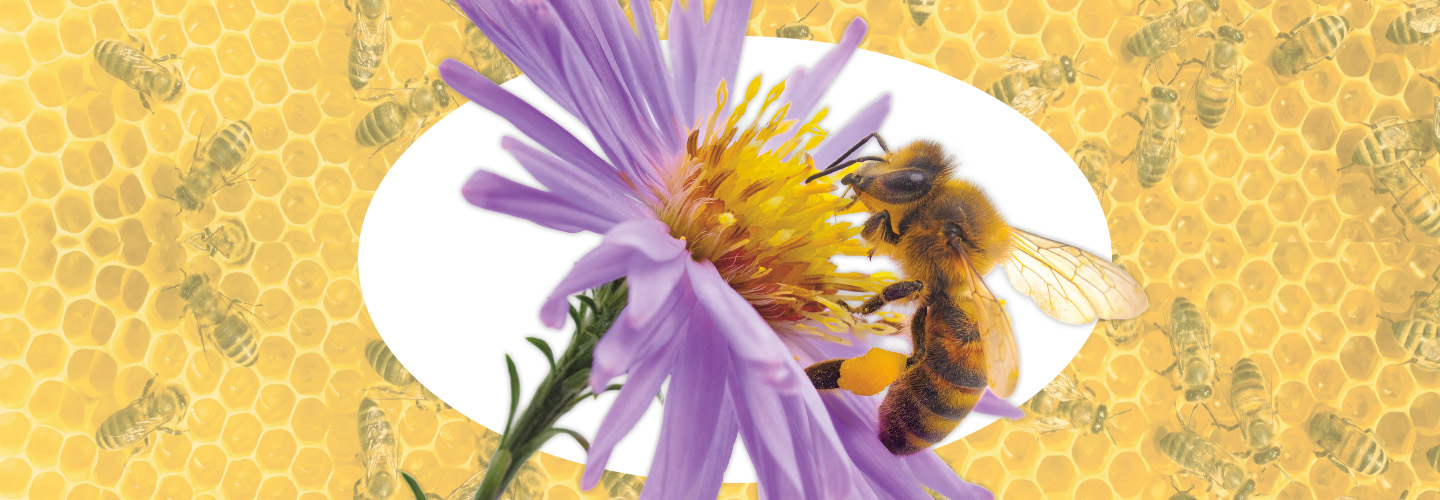Quick! List foods you eat on a normal day. Do you bite into a crisp apple at breakfast or a juicy tomato in a sandwich at lunch? Do you nibble on a snack of roasted almonds or have a side of broccoli at dinner? Whatever you eat, scientists say that about one-third of it exists thanks to one type of insect . . . honeybees!
Quick! List foods you eat on a normal day. Do you bite into a crisp apple at breakfast? Or a juicy tomato in a sandwich at lunch? Do you nibble on a snack of roasted almonds? Or have a side of broccoli at dinner? Whatever you eat, scientists say that about one-third of it exists thanks to one type of insect . . . honeybees!

